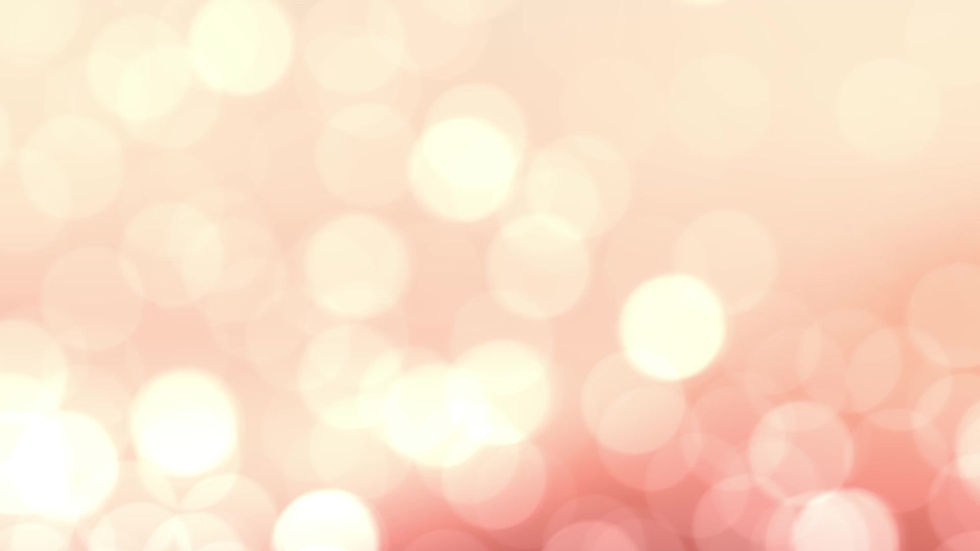







OUR LATEST RESEARCH
Room Temperature Superfluorescence from an Electron-Hole Liquid



We demonstrate the first experimental observation of room-temperature superfluorescence from an EHL. Opening the way for development of continuous-wave and electrically excited superfluorescence devices.
[Phys. Rev. Lett. 134, 083801 (2025)]
Multiple Carrier Generation at an Exceptionally Low Energy Threshold


Breaking the Barrier: An innovative approach to lowering multiple carrier generation energy threshold
We demonstrate a novel approach to Multiple Carrier Generation (MCG) that significantly lowers the energy threshold by leveraging carrier-donor scattering in monolayer MoS₂. By utilizing electron-donating chalcogen vacancy states, we achieve an unprecedented MCG threshold of ~1.12E𝑔, with a quantum yield exceeding 3 at higher photon energies. This breakthrough paves the way for next-generation optoelectronic devices with a tunable operating range from infrared to ultraviolet.
[Riyanka Karmakar*, Pravrati Taank* et al. (*equally contributed), Phys. Rev. Lett. 134, 026903 (2025)]
Superfluorescence from Electron-Hole Plasma at Moderate Temperatures of 175 K


Recently, we reported the first experimental observation of superfluorescence from the EHP in a coupled CsPbBrI2 quantum dots film via intense near-band gap excitation without any external stimuli even at temperatures of 175 K.
[Ajay K Poonia et. al., Phys. Rev. Lett. 132, 063803 (2024)]
Intervalley Polaronic Biexcitons in Metal Halide Perovskite Quantum Dots


The strong band edge exciton-phonon interactions in metal halide perovskite quantum dots (QDs) offer a unique platform to explore many-body phenomena. Employing CsPbBr3 QDs as a perovskite model system, we report the observation of spin-selective polaronic biexcitons using collective excitations of two circularly polarized ultrafast lasers of a duration that is two orders of magnitude shorter than the exciton lifetime and one order of magnitude shorter than the spin relaxation time. The intervalley polaron pairing of charge carriers determines the anomalously strong exciton-exciton interactions, where the Haynes factor is an order of magnitude larger than the bulk and five times larger than the two-dimensional and quantum well semiconductors, demonstrating a very robust correlation of excitons. Our findings reveal a mechanism of generating highly stable biexciton states even at room temperature to realize higher-order correlations of charge carriers such as quantum droplets and Bose-Einstein condensates.
[Ajay K. Poonia et. al., Phys. Rev. B Lett. 104, L161407 (2021)]

Novel heterostructures with enhanced nonlinear optical response

The nonlinear optical absorbance of conventional materials is very weak, yet its magnitude dominates device performance in, for example, optical limiting and pulse shaping. Therefore, achieving a strong nonlinear optical response is a longstanding goal. We propose charge transfer between donor and acceptor materials as a means to greatly enhance nonlinear response, toward the realization of high-performance optical limiters. Excellent agreement between experiment and theory for a test hybrid material validates the idea, and guides the design and fabrication of an actual liquid-cell-based absorptive optical limiter, which outperforms benchmark devices.
[R. Yadav et. al., Phys. Rev. Applied 9, 044043 (2018)]
